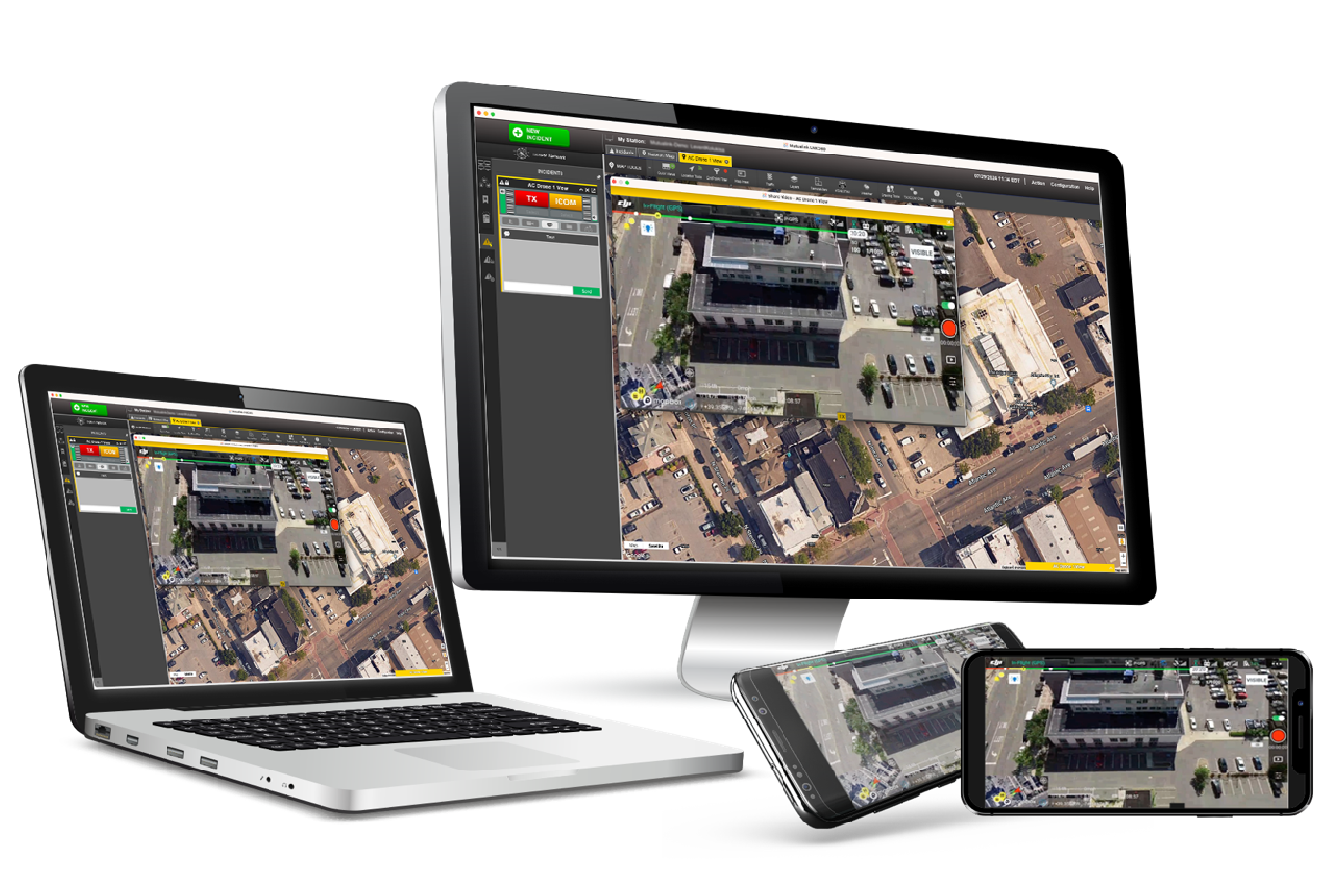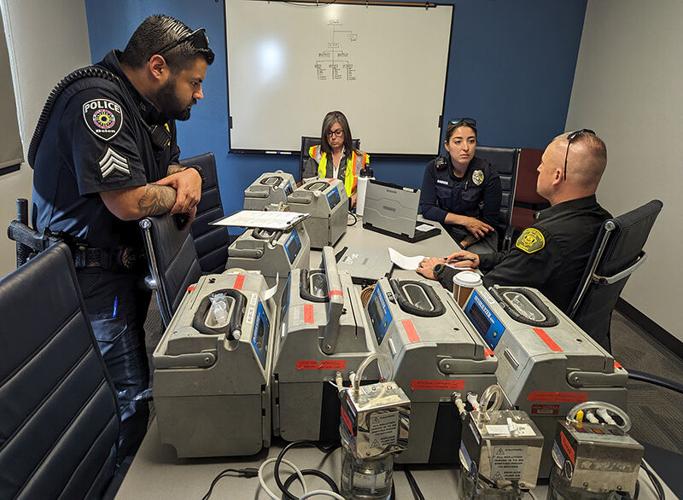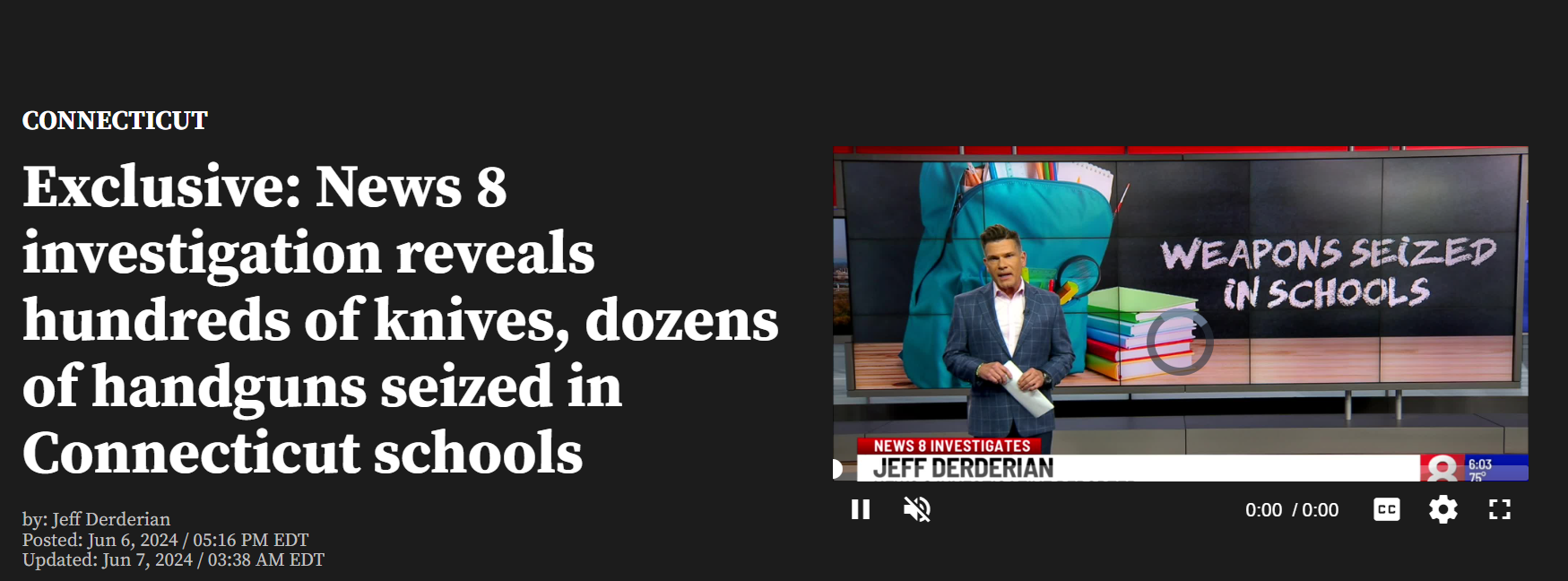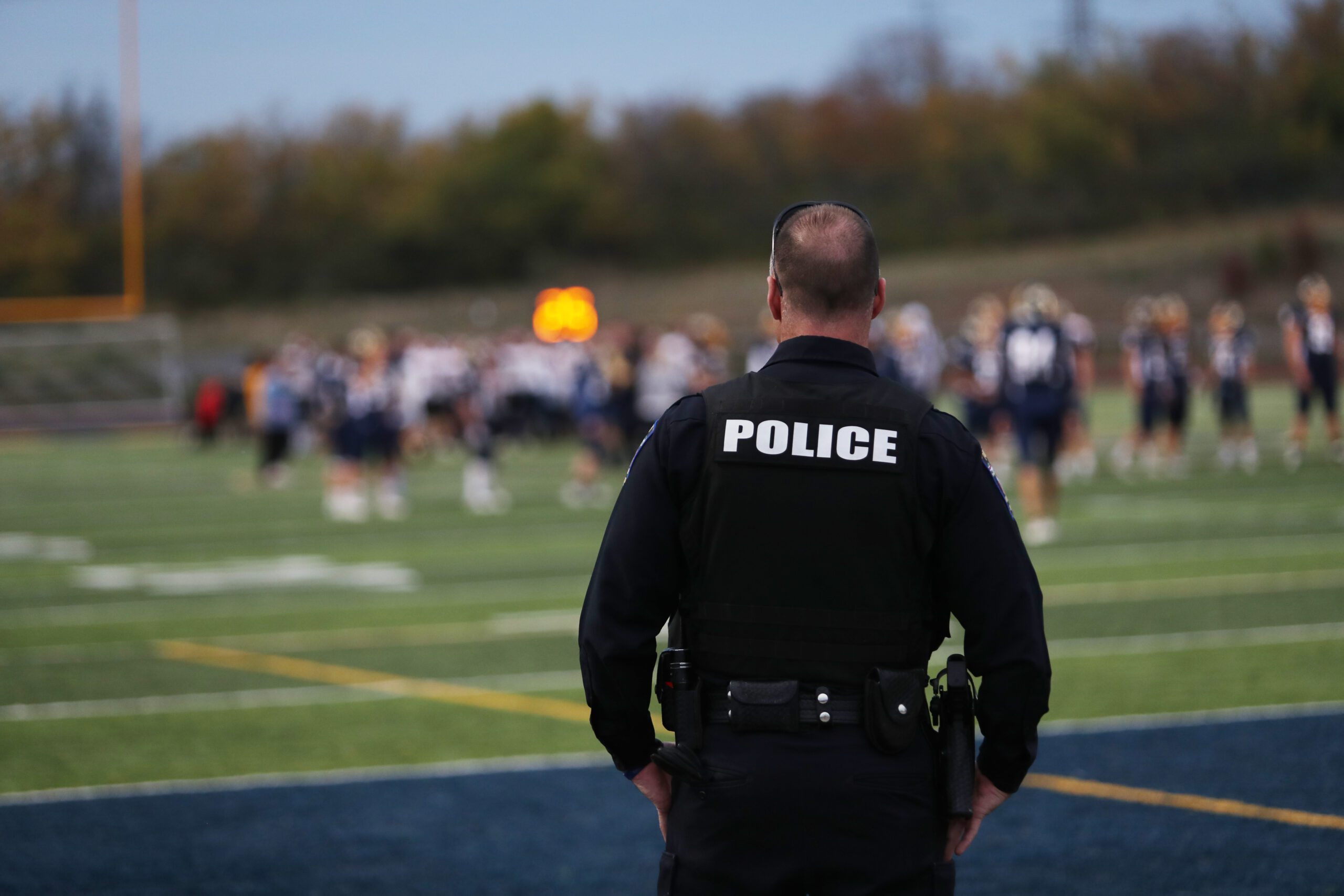A recent active shooter drill in Conneaut, Ohio revealed sizable failures in emergency response planning and execution. The drill, which came after months of planning, focused on measuring progress in unified command and interoperability, which were identified as key factors for success in emergency response situations by the DOJ Uvalde report.
In our interview with Joe Dooley, Director of Public Safety & Security Solutions at Mutualink, we explore why the failures in this well-planned active shooter drill are unsurprising, and how advanced technology is required to achieve true interoperability in emergency response.
Would you introduce yourself and tell us a little about your Law Enforcement history and current role at Mutualink?
JD: Sure. I’m Joe Dooley, and I am the Director of Public Safety and Security Solutions at Mutualink. I’ve been with Mutualink since August of 2022. I spent just a little over 41 years in law enforcement, the majority of my career was at the Orange Police Department in Connecticut and I retired as Chief. Then in 2006, I took the police position of Director of Public Safety at Southern Connecticut State University in New Haven. I was an end user of Mutualink when I was at Southern and subsequently was hired by Mutualink and I am happy that I was. I love the product, it’s a great company, and great people to work with.
What was your initial response to the Ohio Active Shooter Drill report?
JD: Well, I’m happy to see that they spent quite a bit of time in preparation for a drill; drills are extremely important. As I looked through the details, though, I was not shocked by some of the issues that came up. I’ve been involved in many active shooter drills, especially in the university and K-12 settings. Post-Columbine, there were a lot of changes in terms of lockdown, shelter-in-place, and visitor management systems. But the higher-education model did not, as I call it, “Go to School” on Columbine. It took until Virginia Tech for them to identify the necessity for pre-planning coordination with other agencies and to change the training in drills.
This particular one [active shooter drill] seemed like it was well planned, and they anticipated testing these elements, yet there were still failures. Probably the biggest failure was communication, and it is very common. It was common in 911, even. In 2001 when that occurred the radio systems at that time were very, very good systems, but people struggled to communicate and there was no cross-communications between agencies. That’s when the term interoperability really kind of took off.
In this particular incident, they had the best intentions and they even had donor radios so that all the first responders from different agencies could connect, but once they were in the thick of it they reverted to what they knew and then they weren’t communicating. If you can’t communicate and you can’t see what’s going on or you’re second-guessing, it’s very chaotic.
How does Mutualink’s technology prevent or solve communication issues?
JD: As I said interoperability in communication is important. Over my law enforcement career, from responding ‘lights and siren’, and then managing these things, I moved up the chain of command. It’s very tense when you have an emergency call that comes in and most times there’s little information. The caller comes in a couple of different ways: either no one is talking or someone is talking and they’re understandably emotionally involved so it’s difficult to make out what they say. Or someone instructed that person to call 911 and they don’t know exactly what’s happening.
After getting the call they have to start dispatching the appropriate people, and they triage it and prioritize how many they need to send. If they have little to no information and it sounds like there’s a serious situation going on, they’re going to send more, and then those first responders are coming from all these different directions with little to no information. And then if you take it to the next level, usually the mutual aid, the backup services provided by other law enforcement in the area, or fire or EMS, everybody is looking for information.
So when you consider Mutualinks technology and how it integrates and leverages the already existing cameras and radio in the building, and provides the colorized, interactive floor plans with cameras plotted on there, compared to someone who’s going in with little to no information or even misinformation, it’s a huge difference. When dispatch or command center can actually see what’s going on and start directing from the actual facts they know at that time, it really does take away some of the chaos. It doesn’t mean it’s not an intense situation, but it may be the difference of minutes in instances where seconds count.
There is no doubt, especially being an end user of Mutualink and knowing how it works and the capabilities across devices and teams, that it’s the smart way to go. To me, it’s the only solution.
Interested in exploring Mutualink’s Automated Emergency Response Solution?






